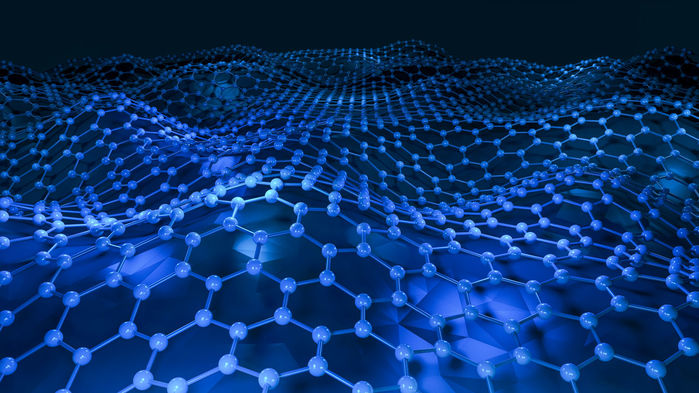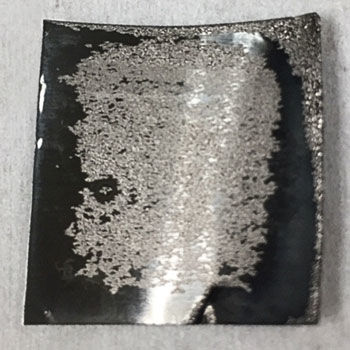The next graphene? The new form of pure carbon promises many applications

Physicist Joel Therrien of the University of Massachusetts in Lowell introduced a new form of carbon called “U-carbon” at the International Symposium on Clusters and Nanomaterials in Virginia, USA. This material should be characterized by a high hardness (greater than stainless steel) and conductivity and reflectivity comparable to those of a polished aluminum mirror. Perhaps most surprisingly, this material appears to be ferromagnetic and behaves like a permanent magnet at temperatures up to 125 °C. This discovery could lead to light coatings, medical products, and new electronic devices. Since carbon is much lighter than other ferromagnetic elements such as manganese, nickel, and iron and it is non-toxic in the body, U-carbon could be used in the fabrication of biosensors or drugs delivery carriers that could be magnetically investigated or directed to diseased tissues.
U-carbon was discovered by accident two years ago in an unsuccessful attempt to synthesize pentagraphen. Molecular dynamics models predict that carbon atoms form wavy layers lined with six- or 12-atom rings and joined together by covalent bonds. In contrast, graphite consists of flat carbon layers that freely shift. The results of the diffraction and microstructure analyzes support the predicted structure. Bonds in the material are believed to be formed by shared electrons in a mixture of particular orbital charges – sp2 and sp3 bonds.

Shiny films of new material, up to 1 micron thick, formed in chemical vapor deposition ovens.
Therrien demonstrated magnetism by showing a video of millimeter flakes of a substance suspended in a water droplet. As the little rod magnet slowly waved over the water, the flakes watched him back and forth. The scientist claims that the material remains magnetic even at elevated temperatures at which motors and computers typically operate.
Also interesting are the optical properties of this material. Team measurements indicate that a layer of only 50 nanometers reflects more than 90% of the incoming light at wavelengths from distant ultraviolet radiation to medium infrared radiation. This attribute could make it useful for reflective coating more durable than standard aluminum for mirrors in cameras and telescopes.
Slow heating to 1000 ° C attenuates its shine and turns it into a semiconductor with a bandgap similar to that of amorphous silicon, which can turn light into electricity. This makes it suitable for photovoltaic cells.
The group has not yet agreed on the name of the mysterious material. Meanwhile, they use U-carbon as well as adamantia.
The results of the research have so far been presented only at the conference. Time will show whether this new miracle material can be prepared by other groups and whether the presented properties of U-carbon will be confirmed.
Source: sciencemag.org
Posted by: M. Sojková
 Contact
Contact Intranet
Intranet SK
SK

